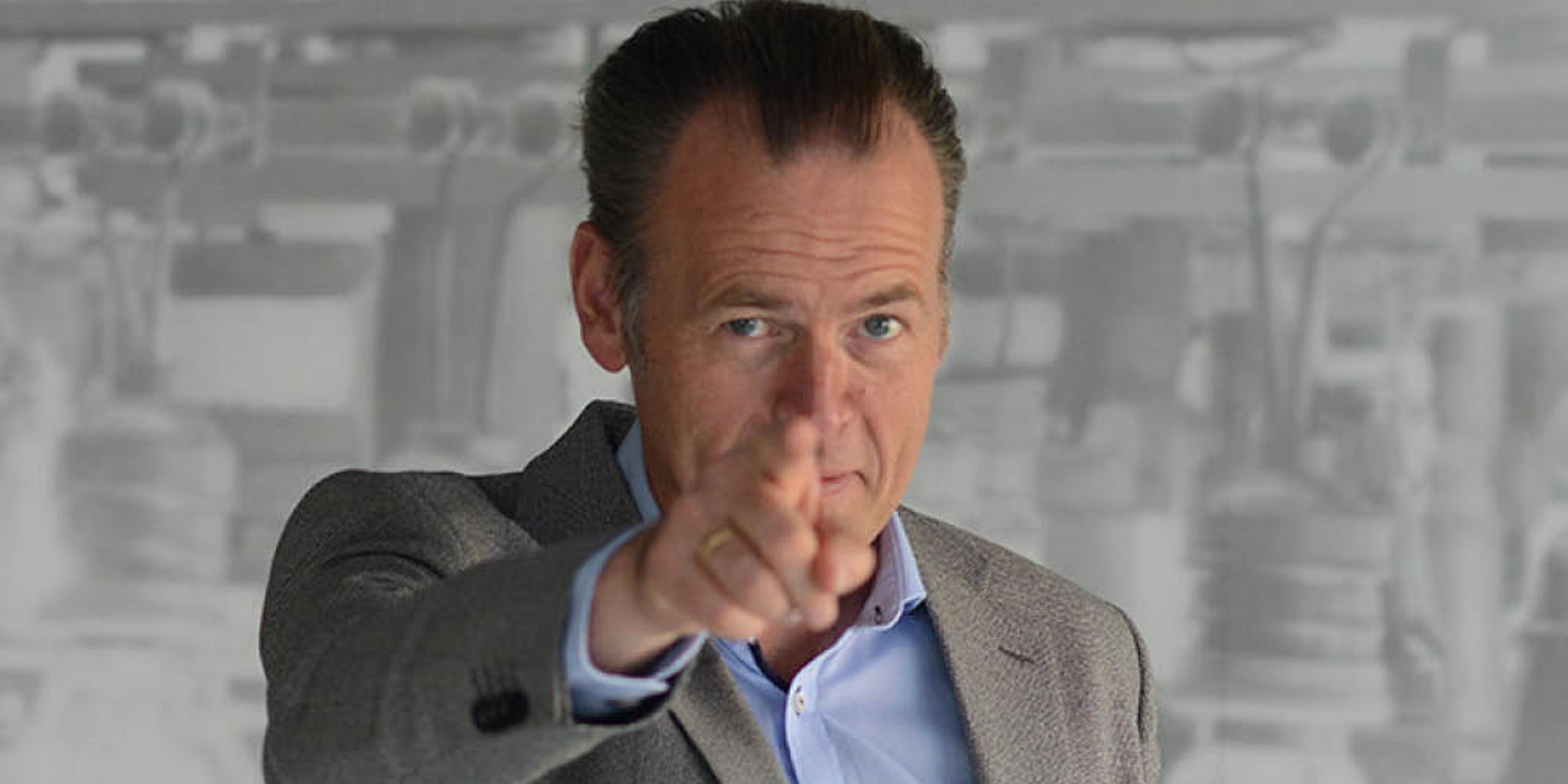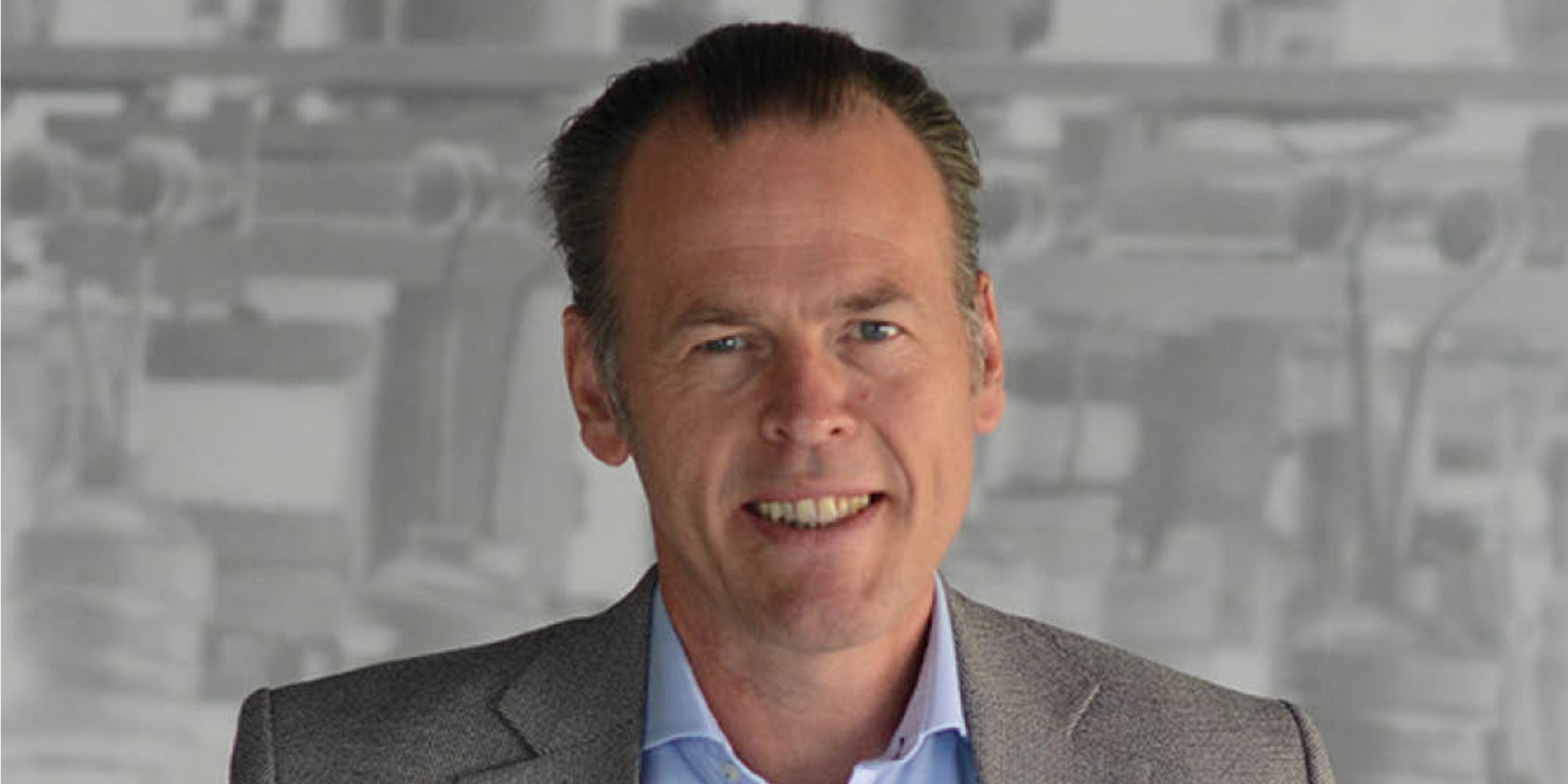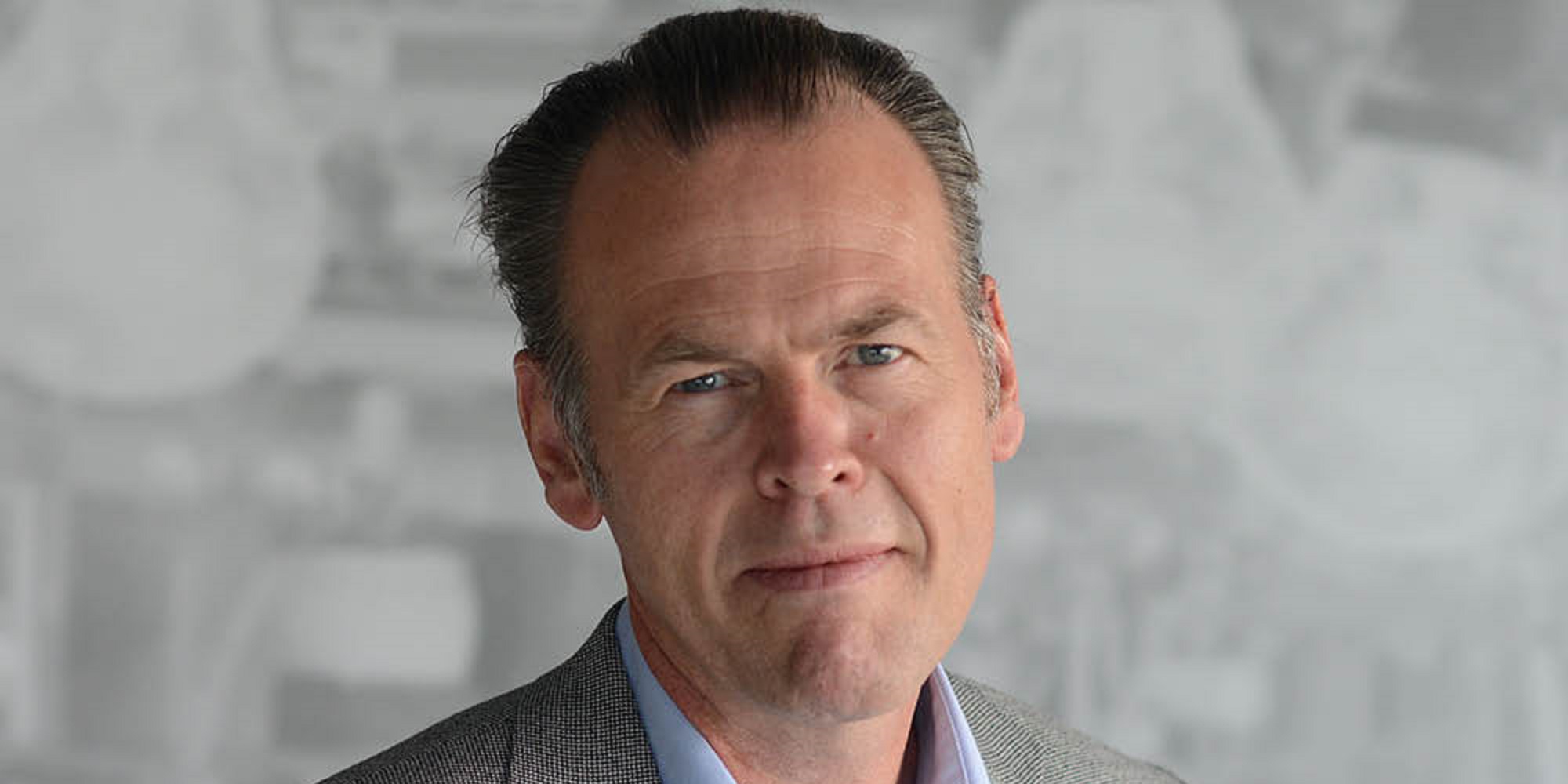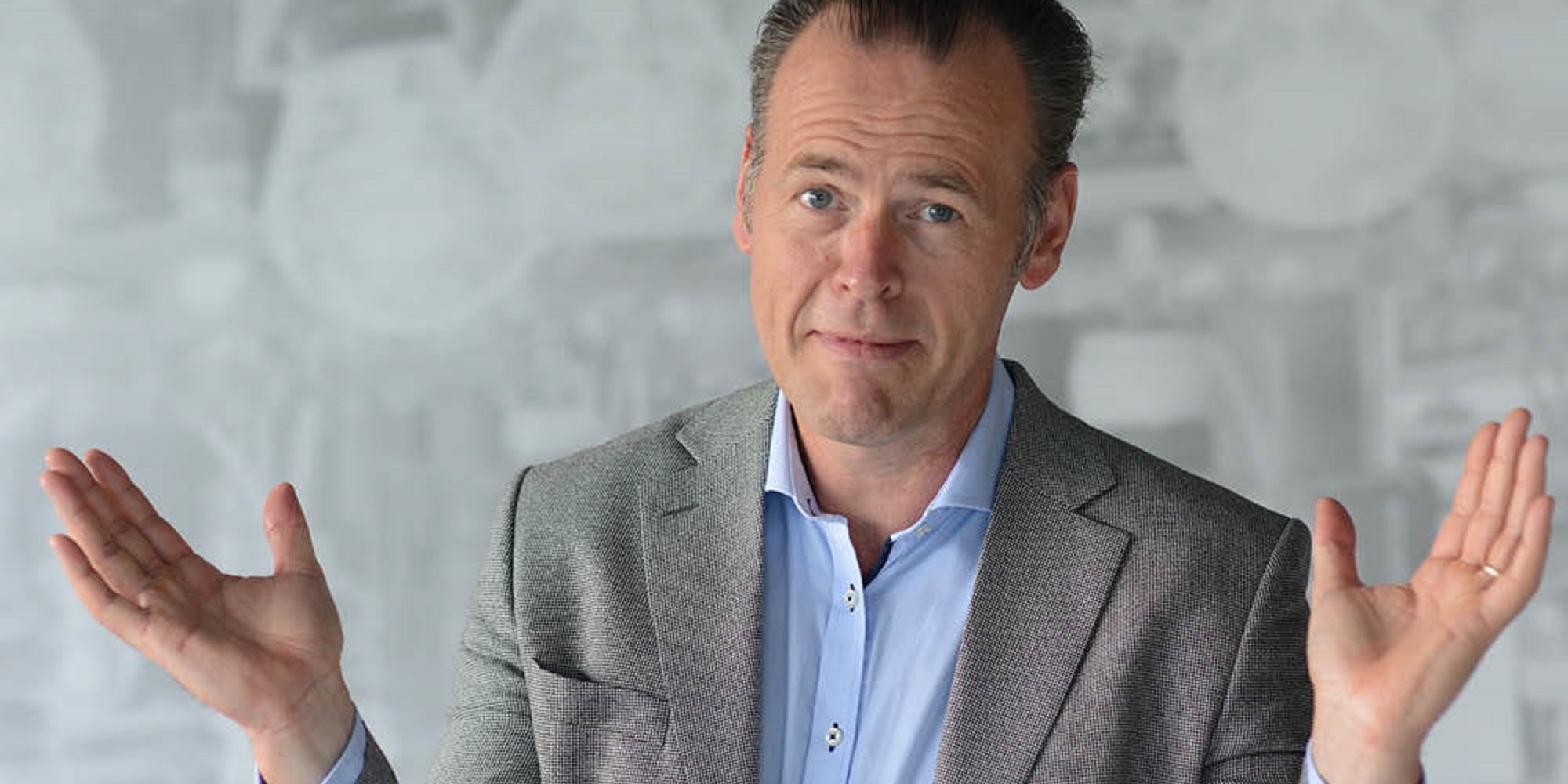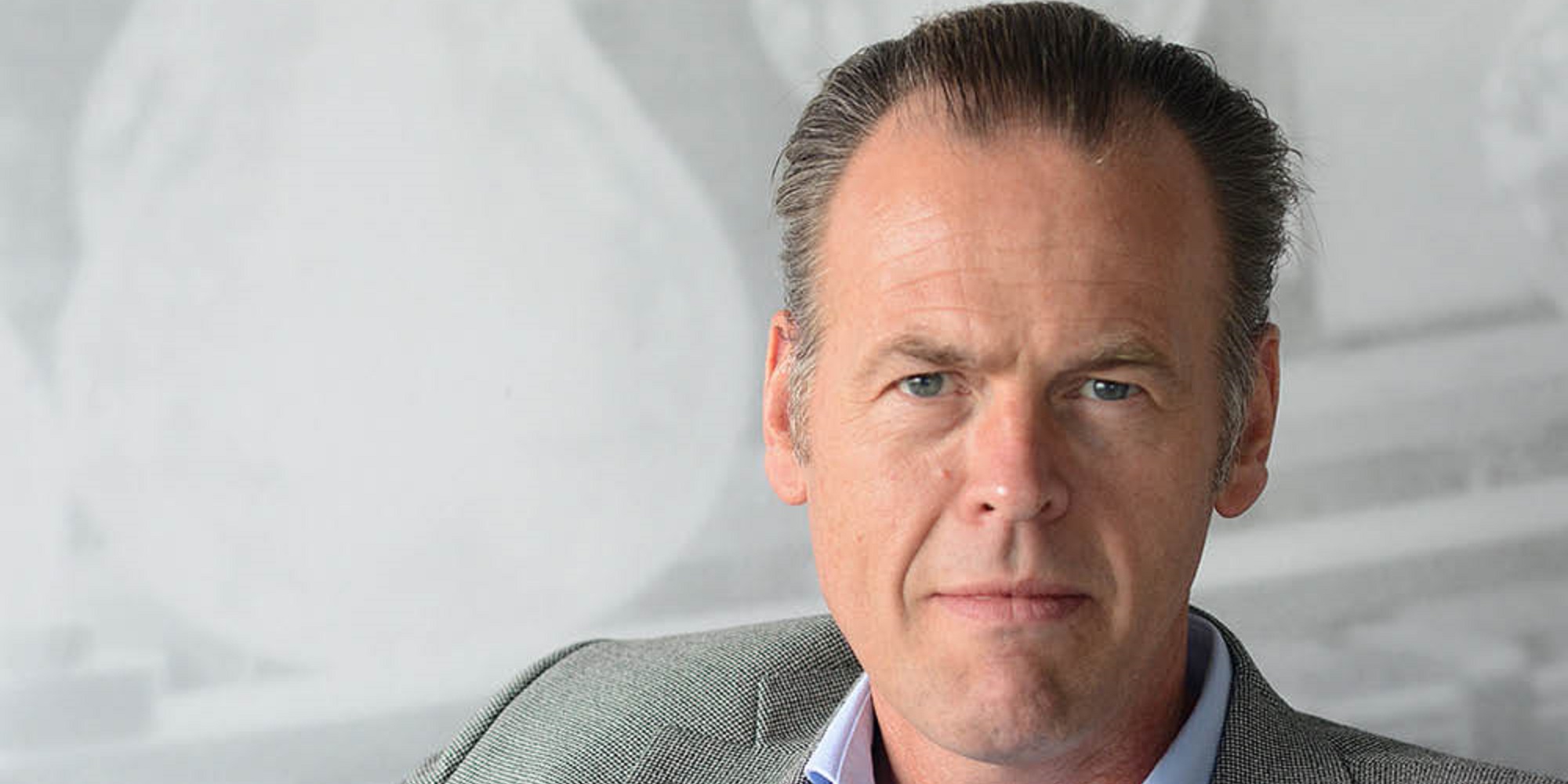Digitalization often focuses on new products, solutions and service opportunities through the use of software, data and artificial intelligence. Although this is an entirely relevant and valid viewpoint, many tend to forget that it’s not just the offerings that change. The people that work in a digital world also need to change. Our priorities, norms, values, practices and routines need to change as we transition from the traditional to a digital world.
During my engagements with large numbers of people working at a very diverse set of companies, I frequently run into mindsets and viewpoints that clearly are set in the old world, rather than a digital one. When you’re not reflecting on the philosophy with which you approach your professional life, you may easily end up becoming irrelevant and outdated. This limits anyone’s professional opportunities.
This year, I’ve been thinking quite a bit about the differences between the traditional and the digital world from a personal and professional perspective. What does digitalization mean for the typical professional out in industry? How should we adjust the way we work and operate? One way I thought might be helpful to address this is by stating a number of rules on how to act, based on my experience. Together, these capture the essence of the requirements for thriving in a digital world.
1. Clarify your purpose
In a fast-changing world, some things move more slowly. Being clear on what you believe your purpose is, on what it is that gives meaning to your life, helps you set direction and guides your actions. Although your life purpose may evolve, it will do so much more slowly than everything else and provide you with an anchoring point.
2. Focus on outcomes
Once you’ve started to formulate your purpose, the next step is to look towards operationalizing it by selecting tactics. These tactics, however, are hypotheses on how you believe you can realize your purpose best. It’s critical to focus on the outcomes that you’re looking to achieve, rather than the tactics that you currently use, to ensure that you’re indeed delivering on the intended purpose. These outcomes are preferably expressed in quantitative, measurable terms.
3. Instrument and use the data
In a digital world, collecting data by instrumenting devices and processes has never been easier. So, rather than relying on your fallible perceptions and memories, focus on measuring what matters and tracking quantitatively that you’re indeed progressing towards your desired outcomes.
4. Automate repetitive tasks
A digital world is a programmable world. Any repetitive task that you perform regularly or periodically should be automated. The goal is to free up your time for the novel and unique work worthy of your attention and unique skill set.
5. Lean into the future
As the speed of change all around us is constantly increasing, you need to lean into the future, rather than try to hold on to the past. This requires a curious, experimental mindset where you open up and allocate time to exploring new ideas, technologies and products to understand why and how these might be an improvement over the contemporary. It also requires the courage to let go of old ideas, old ways of doing things, old relationships, to create space for the new. Change is continuous, dynamic and unpredictable and it wants you to embrace it.
6. Build skills, not position
In a digital world, hierarchies are increasingly fluid, constantly changing and focused on current needs. Relying on positional power to accomplish your goals is therefore risky as you may lose that position at any point. Instead, focus on building skills, becoming an expert in some and proficient in others to create as many opportunities as possible and, consequently, deliver on your purpose.
7. Think holistic
In a stable world, you can afford to focus deeply on understanding one aspect or component as its context won’t change very much. A digital world is dynamic and highly interconnected and as everything is changing at the same time, focusing on one aspect or component tends to lead to the wrong conclusions. Instead, you need to think more holistically and increase the scope of your attention. Even if your interest is the specific aspect or component, you need to understand its context as this context will change continuously.
8. Be proactive
Never wait for others to tell you what to do. Always be proactive, initiating action based on your best understanding of the right course of action, considering purpose and outcomes. And when you really don’t know how to take things forward, be proactive in asking for advice from those around you.
9. Empower those around you
Rather than looking to control the people around you, agree on the outcomes that you’re both looking to accomplish and then empower those around you to select the strategies and tactics they feel are best. Then evaluate them based on outcomes. When purpose and outcomes don’t align, despite your best efforts, then let go of the person. It frees both of you up to pursue your respective purposes and reduces suffering all around.
10. Engage with your ecosystem
Traditional business ecosystems were very static, meaning that a partner stayed a partner, a competitor stayed in that role and your customer is the same as yesterday. In a digital world, business ecosystems are in continuous flux. Your supplier becomes your competitor. You become your customer’s competitor. You partner with companies that you never heard of a month ago. By continuously engaging with your ecosystem, you can detect the changes early on and you can identify when the time is right for you to reposition in your ecosystem.
Operating as a professional in a digital world requires a new mindset, a different set of priorities and, in some ways, a new toolbox. These ten rules aren’t concerned with new skills or capabilities, but rather with more fundamental behavioral patterns. Digitalization is of course concerned with new products, solutions and services, but it’s also defining a new paradigm. And unless you adopt this paradigm, you’ll struggle to thrive in a digital world.
'The digital world requires a new system of beliefs, a different paradigm'
Gandhi said: “Your beliefs become your thoughts, your thoughts become your words, your words become your actions, your actions become your habits, your habits become your values, your values become your destiny.” Everything starts with your beliefs and the digital world requires a new system of beliefs, a different paradigm. So, my question to you: do you have what it takes to be successful and thrive in a digital world?
